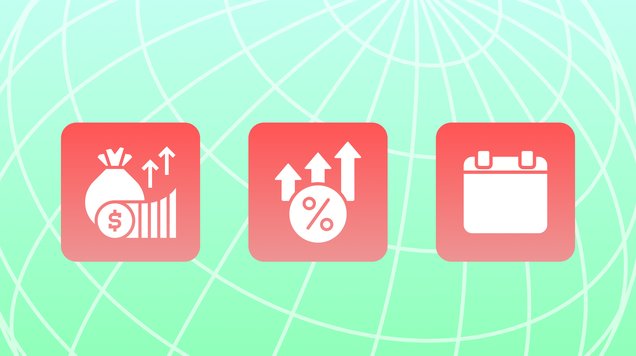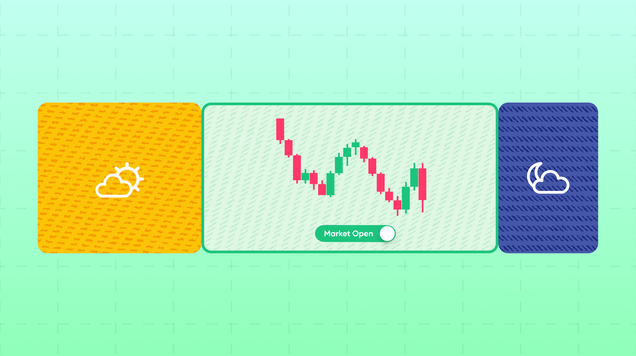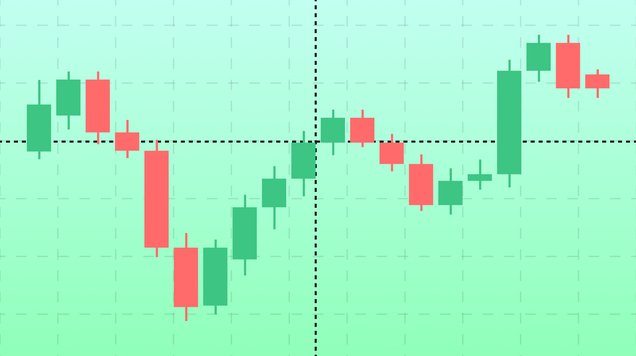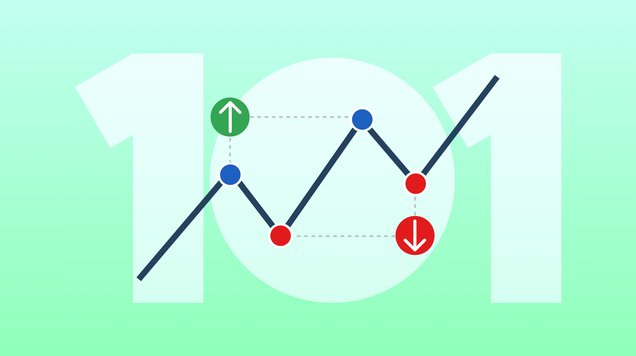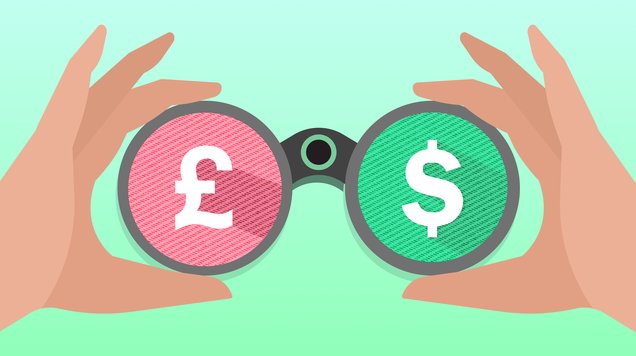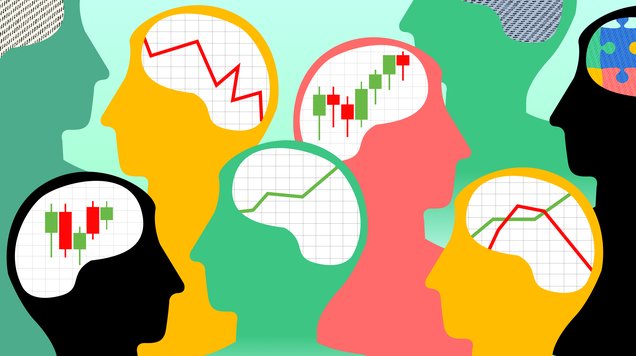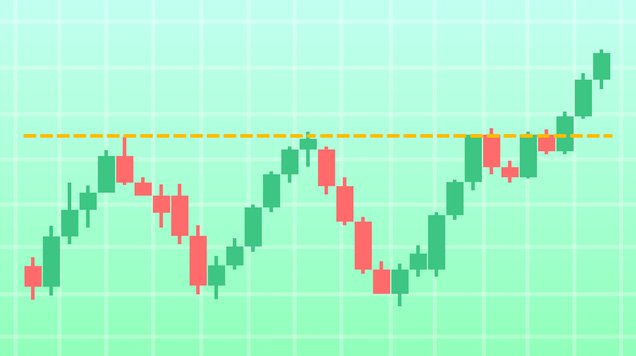Trading Strategies 101
Read our beginner’s guide to trading strategies to learn how to maximise profits and manage risk.
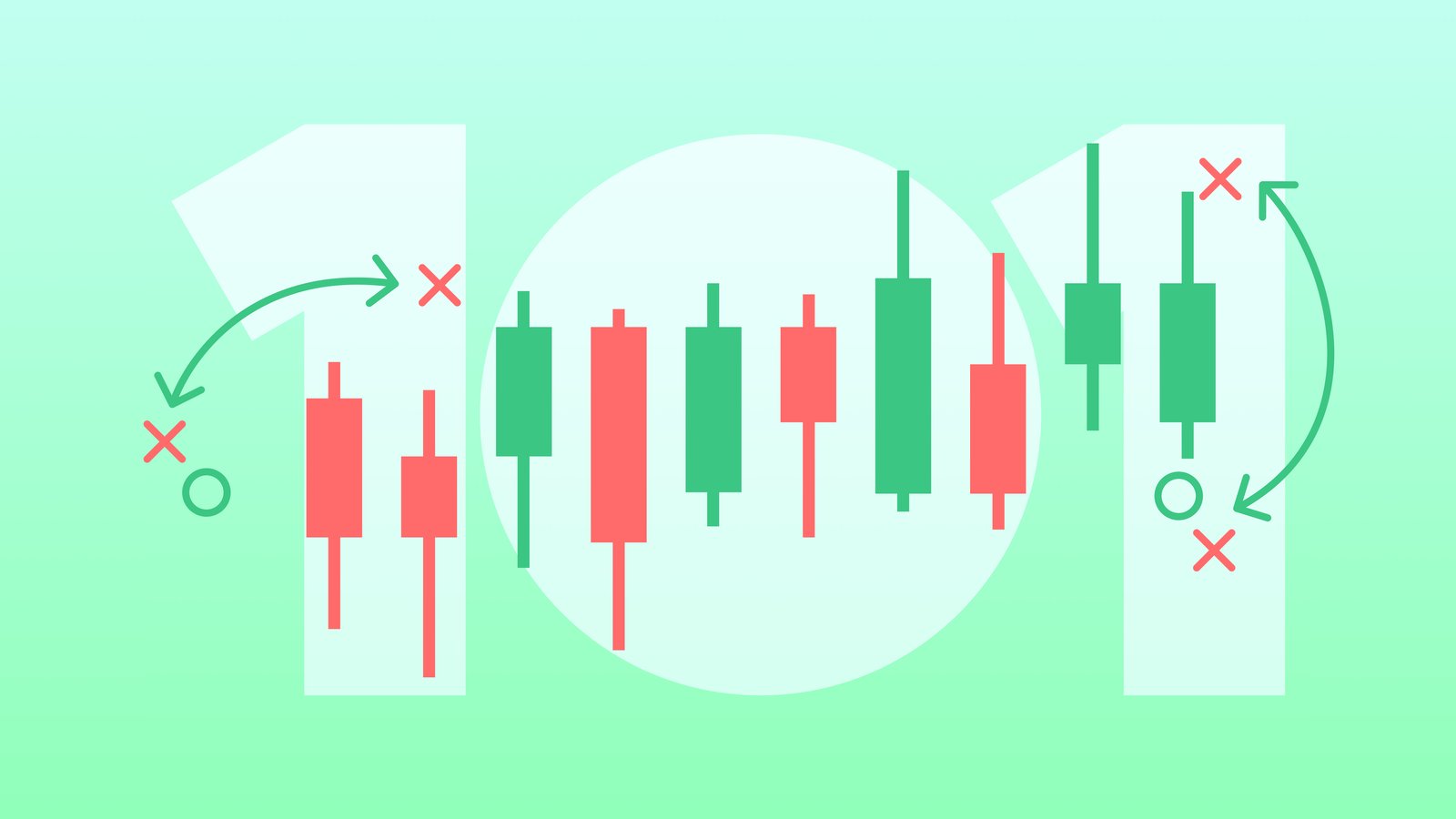
Traders use strategies to identify the best time to buy or sell assets in financial markets
Most strategies employ technical or fundamental analysis to study price movements and find opportunities for profit
Day and swing trading strategies are used by traders looking to profit from short-term price movements, whereas position trading focuses on long-term gains
Automated trading is a useful strategy for beginners as it requires less experience and less time monitoring markets and price movements
Popular cryptocurrency trading strategies include scalping and arbitrage
What is a trading strategy?
Trading strategies are systematic plans used to buy or sell assets when trading in financial markets. They are based on a predetermined set of rules which help define the right moment to enter or exit a position.
Most strategies employ technical or fundamental analysis to identify opportunities in financial markets and provide a solid guide for trading decisions. Technical analysis uses past price action to predict future prices, whereas fundamental analysis focuses on the impact of economic, political and social factors on price movements.
Traders can choose to follow one strategy or tailor multiple strategies to fit their unique trading style and goals. Finding the right trading strategy usually requires testing and tweaking, and traders must constantly evolve their strategies.
Why should you use a trading strategy?
There are endless amounts of opportunities in financial markets, and trading strategies help traders to navigate them better and detect potential faster. Having a strategy helps you make better decisions and optimise the outcome of your trades and provides a benchmark to improve your future trading strategies as well. Having a trading strategy also helps to maximise returns and minimise losses by managing the risks involved in trading.
Without a trading strategy, there is higher chance for losses due to lack of discipline and planning. Trading without a strategy also gives emotions an opportunity to impact your trades and may lead to reckless decisions.
An introduction to common trading strategies
There are many different trading strategies, all of which cater to the needs and goals of different types of traders. Some are more suitable for beginners, whereas others are match for traders with higher risk appetites who target large or quick profits.
Here are some popular trading strategies for different levels of experience:
Automated trading utilises algorithms to complete trades automatically. Stop loss orders are added to open trades by instructing a position to automatically close when it reaches a specified price point, and can be seen as an automated trading strategy. These strategies are useful, especially for new traders and traders with less time, as stop loss orders track live markets constantly and automatically react to price movements.
Day trading means buying and selling assets within a day in order to take advantage of sudden price movements. Shares and forex are common products for day traders, and many try to increase their profit potential by increasing their notional trading volume with leverage.
Position trading is a long-term trading strategy and traders usually hold their positions for months or even years. This strategy ignores short-term price changes and short-term trends, and instead relies on analysis to identify profitable long-term trends. This form of trading resembles investing, but with the added difference that traders can sell short too (trade on falling prices).
Scalping is a trading strategy that focuses on creating small, quick profits. Traders try to capture profits from small price changes by selling fast. Scalpers will make a lot of trades in a single day, and usually set strict exit strategies as one big loss can easily eliminate their earlier smaller gains.
Swing trading is another popular short-term trading strategy. Unlike in scalping, swing traders don’t tend to open and close their positions in minutes or hours, but typically hold them for a few days. Swing traders often use technical analysis to identify short-mid length trends.
Trend trading also uses technical analysis to determine which direction the asset’s price is trending. Trend trading is popular, especially in CFD trading, as traders can either go long or short, depending on whether the price moves up or down.
Breakout trading refers to when traders analyse a price range to choose the perfect moment to enter the market. Breakout traders will patiently watch and wait to see when the price of an asset breaks out of range, and that’s their signal to open positions.
News trading includes following live news and market expectations in order to take advantage of the possibilities they create. Traders using news trading typically open positions either when the news has been released or just before if they are confident in predicting the outcome. Types of news that are likely to impact trading markets include political elections, IPO announcements, releases of company earnings reports, or federal economic data like the US NFP (Non-Farm Payroll) that reports on American labour statistics.
Arbitrage is a trading strategy that takes advantage of possible price differences between two markets. Traders try to find products that are differently priced in different markets and make profit off this price difference by buying low and selling high.
Mean reversion describes when traders try to benefit from extreme price changes with the expectation that the price will return to its previous level eventually, as ‘mean’ refers to the average level across a trend. Traders can profit on either price direction as both buying long and selling short can be profitable when using a mean reversion strategy. They will often use market chart analysis, such as spotting a ‘head and shoulders’ pattern, where historical data supports a price will likely rebound.
How to choose a trading strategy
There are a lot of different trading strategies you can use, but how do you know which one is best for you?
There are several indicators you can use for finding the right trading strategy. Your level of experience, your expectations and goals, your risk appetite, and how much you are ready to invest are the main things to consider when making your decision.
Some of the strategies, like scalping and news trading, are mainly suitable for traders who have a lot of time daily to dedicate to following markets and executing trades. Whereas automated trading and position trading are popular options for beginners and less active traders, as they require less monitoring and fast reactions to market changes.
Whichever strategy you choose, it’s important to stay consistent and give it time to work. Make sure you are using all available tools to make the most of your strategy. For example, if you choose trend trading you should utilise tools like trend lines, chart patterns and technical indicators to help you identify opportunities.
Consistency is the key, but it’s good to remember that financial markets are in constant motion and although a strategy works well once, it might not work the same next time. Successful traders are always eager to learn more and improve their skills and strategies, and they will trial different strategies and keep a trading journal to track what is most likely to work best.
Test your trading strategies with a demo account
With a risk-free demo account, you can easily put your strategies to test and try trading with virtual money. Anyone can open a free demo account with an online broker, and it only takes a couple of minutes before you are able to start practicing your skills.
Through a demo account, you can access real products and live markets on a trading platform without investing any money. Try trading different products, test different strategies and familiarise yourself with strategic trading tools like technical indicators, charts, market time frames, multi-thread strategy testers and market newsfeeds to develop your skills. Lastly, always track the leverage and deposit amounts you use with virtual funds to get a feel for how quickly prices can change on your selected asset or market.

